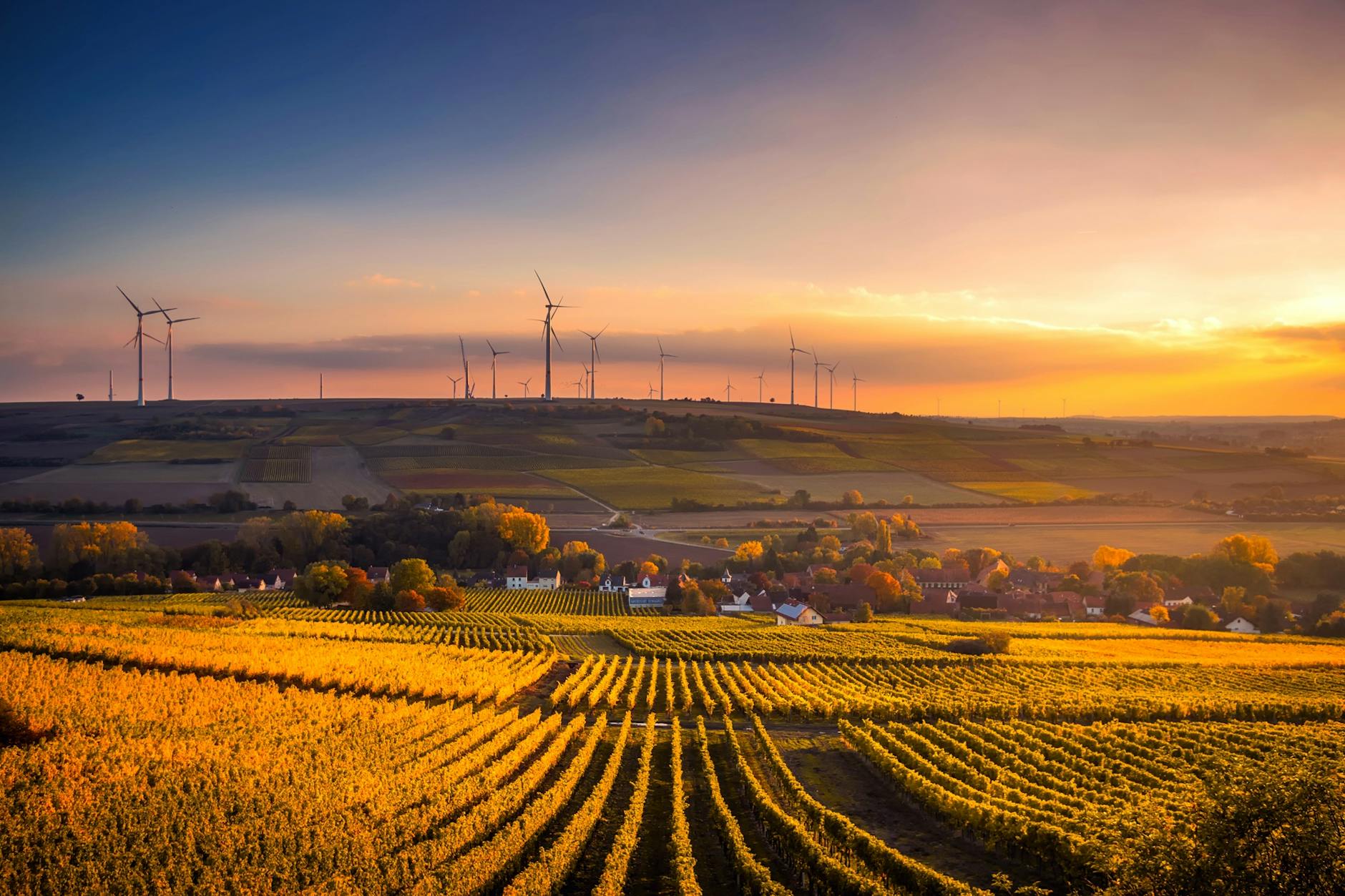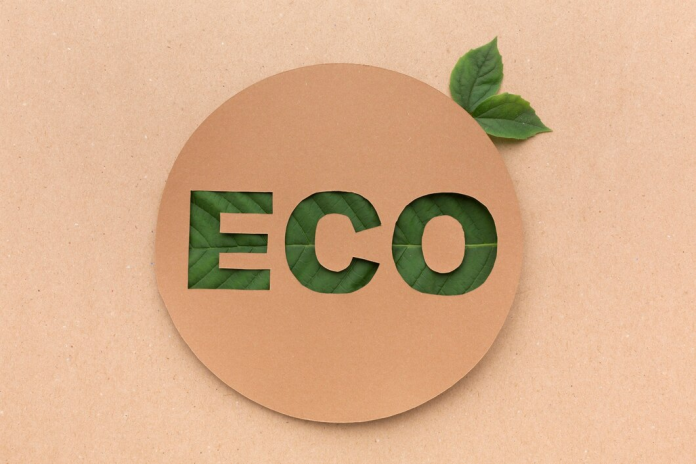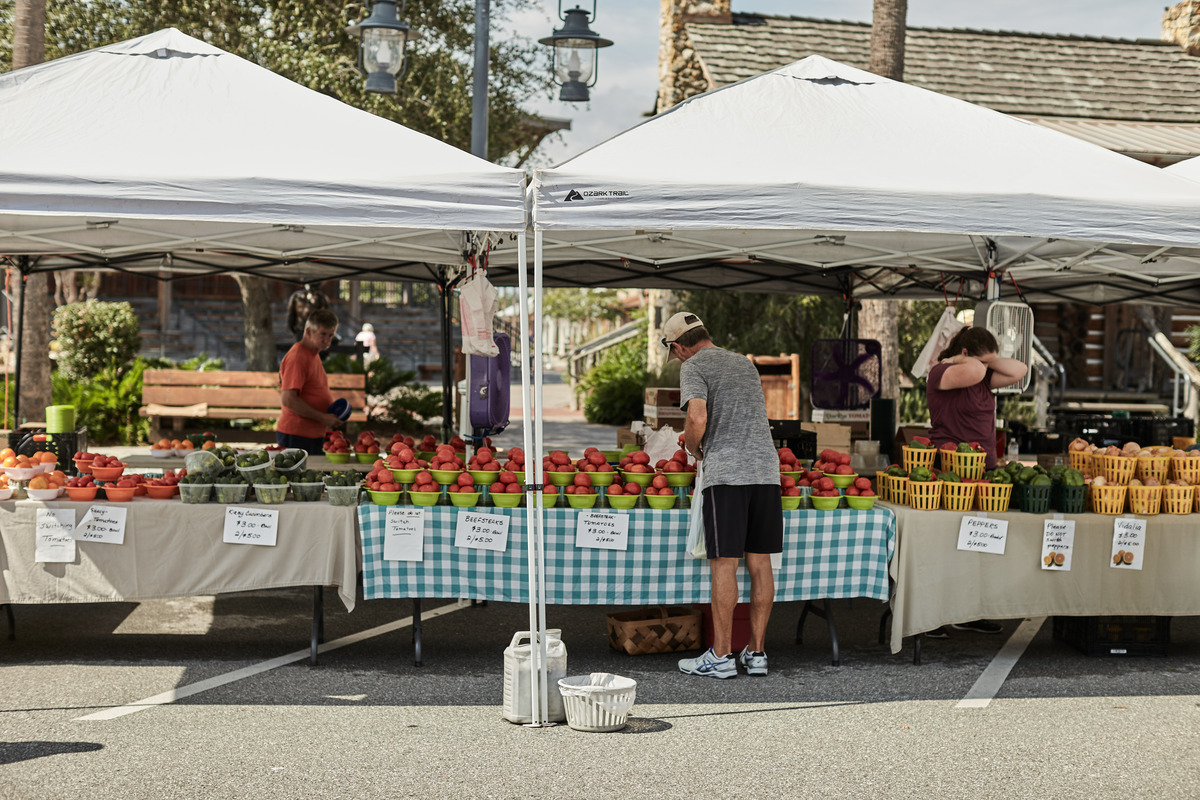The burning of fossil fuels has moved the planet toward several dangerous tipping points. Technologies such as solar, wind and geothermal offer the promise of clean power and several other advantages, including increasing America’s independence. When making future predictions for renewable energy, however, authorities must consider multiple factors, including local, national and global politics and the financial consequences of the transition.
What is the future of renewable energy in 2024? Here’s a look at the advances and controversies.
Types of Renewable Energy and Recent Advances
Clean, emissions-free renewable electricity stems from three primary sources — solar, wind and geothermal. The following recent innovations can help.
1. Solar

Solar shows tremendous promise, particularly in the sunniest areas. However, even in places that seem ideal for large-scale installations like the desert, problems exist. For example, nothing cools like barren land covered by vegetation, and recent evidence suggests that improperly constructed solar farms can affect the thermal comfort levels of nearby residents, creating a heat island effect.
However, much of the increased temperature results occur because surface heat from the ground beneath the panels doesn’t dissipate overnight as it would if the land was barren. Two innovations can combat this impact. One is panels that rotate to a vertical position during nighttime to allow for heat dissipation.
The other is designing large solar farms to work with the natural landscape. Planting adequate vegetation around the perimeter of such installations will dissipate heat while providing a natural vista for residents who may object to living next to such a facility.
2. Wind

Wind is another part of the puzzle. One concern with this technology is its impact on bat and bird populations, many of which already face extinction threats due to climate change and habitat loss. However, two relatively simple innovations promise to reduce risks, keeping wildlife safe while providing clean power.
The first deters bats by using an ultrasonic device that sends a clear message to critters that navigate by echolocation. Another is only to run turbines during high wind periods when collisions are less likely to occur.
Domestic cats carry off more birds than wind turbines. However, painting a single blade black reduced death rates by 70% in 19 separate species. The paint increases visibility, decreasing accidents.
3. Geothermal

Visitors to Yellowstone National Park witness the incredible power of geothermal energy each time they witness a geyser. A fraction of what lies beneath the Earth’s surface could power every home and business, but the technology doesn’t yet exist to harness it on a widescale level. However, the Inflation Reduction Act promises needed change.
The Inflation Reduction Act and Renewable Energy
The Inflation Reduction Act demonstrates the interconnectedness of economic policy and environmental sustainability. In terms of geothermal electricity, it offsets the cost of installing such systems, providing a financial incentive for state and local governments and businesses to harness it.
In the past, investors have shied away from incentives that promised to last only for a short window of time — often until the next election season. However, the IRA commits to lucrative tax incentives for the next decade, giving those with the money to spend the peace of mind to know they won’t be left in the lurch regardless of what happens in a tumultuous political climate.
The IRA, Households and Small Businesses
The IRA doesn’t only benefit society’s highest rollers. It also includes tax rebates and credits to lower household costs while reducing emissions. The average household stands to save up to $1,000 per year by switching to renewable sources.
Small business owners can likewise benefit. While converting to geothermal energy currently takes a huge investment, rooftop solar panels — or those used to cover a parking lot — could slash bills while increasing client comfort. For example, doctors with patients affected by high temperatures become much more attractive when they offer covered parking.
Global Initiatives and Renewable Energy

The interconnectedness of the environment means what happens in one country affects all others. At the most recent UN COP28 summit, representatives from 118 of the world’s 195 nations pledged to triple the world’s renewable power capacity by 2030. They also promised to end the financing of new coal-powered plants and double the global rate of energy efficiency by the same target date.
Change can’t come fast enough for some. Recent studies suggest the Atlantic meridional overturning circulation collapse may be closer to a tipping point than previous predictions indicated. Should this occur, temperatures could drop by as much as 15 degrees Celsius in Europe while increasing in the global south.
While those who traditionally have gotten by without air conditioning and now struggle under summer heat waves might welcome the shift, the effect on global agriculture could lead to widespread famine. For example, the wet and dry seasons in major farming regions would undergo a reversal, resulting in droughts and interrupted harvests.
Renewable Energy and Financial Considerations

Another factor affecting future predictions for renewable electricity entails restructuring current financial systems to ease the transition. For example, using current technology, individual homeowners could power their homes independently, and many who embrace off-grid living already do so. However, the mass adoption of such a model would usher in a new host of problems.
One issue is ensuring equitable access for all. As more consumers convert to solar, it can result in rising costs for those who remain connected to the grid. Many such individuals are among the most economically vulnerable, such as young families in apartments who can scarcely afford higher utility bills.
Individual property owners must also contend with potential power deficits. However, restructuring how utility companies do business can ease financial burdens while increasing energy diversity and security through hybrid solar technology.
Hybrid solar systems remain connected to the grid but can run on batteries as independent systems in case of large outages. Inverter technology allows energy to flow both ways. Companies harvest the excess electricity from individual homes, storing it in a separate facility for distribution and ensuring a steady supply everywhere.
Even though individual homeowners may own the panels, utilities must maintain the wires and other infrastructure necessary. Charging a subscription fee allows them to stabilize their revenues to provide the service while keeping prices steady for all consumers. This model increases grid security by establishing what are essentially independent power stations that offer the peace of mind that comes with remaining connected to the grid.
The Future of Renewable Energy
Switching to renewable electricity is a must to preserve the Earth’s climate and keep things comfortable and clean for humans and all other species. However, many factors coincide to carve a meaningful path forward.
Future predictions for renewable energy rely on the coordination of everyone from private individuals to international accords. Concerned citizens can get involved by educating themselves on the underlying issues, contacting their representatives and getting involved in local planning and zoning decisions regarding the adoption of solar, wind and geothermal technologies.










